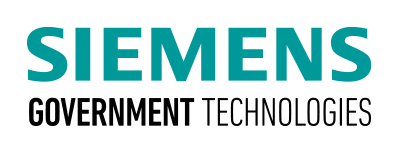Pain Points of Renewable Integration
When renewables energy penetration increases on a given microgrid, certain limitations arise such as voltage and frequency oscillations and non-optimal power factors. Coordination of installed distributed generation and energy storage assets must be managed to ensure facility resiliency and to maximize carbon reduction. The net zero carbon goals of government facilities, whether military base, national laboratory, federal office building, or otherwise, cannot come with a sacrifice in reliability. As such, the preexisting technology gaps must be addressed, as the problems they cause will only become more pronounced as renewable integration advances.
Energy storage, dynamic modelling and expanded transmission have both been recognized as necessary solutions amid a high renewables grid, highlighting the need to solve the previous pain points of misalignment between power demand and typical renewable generation.
In addition, greater penetration of renewable energy also brings decreased inertia levels across the grid. Inertia is the characteristic inherent to generator-based power systems (such as fossil fired power plants) that allows a generator to continue to spin during brief moments of failure or outage thanks to the momentum of the turbines. This continuity in turbine output ensures greater levels of grid reliability in a way that renewable assets like wind turbines and solar panels cannot. As such, a grid with more renewable capacity comes with increased likelihood of interruption, a true impediment to embracing more renewables in microgrids that can least afford grid interruption, such as government buildings and military bases.
